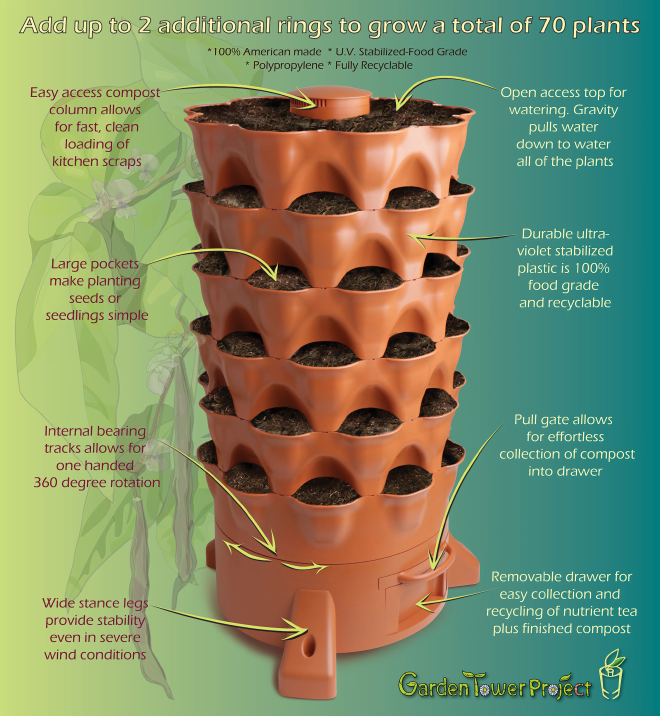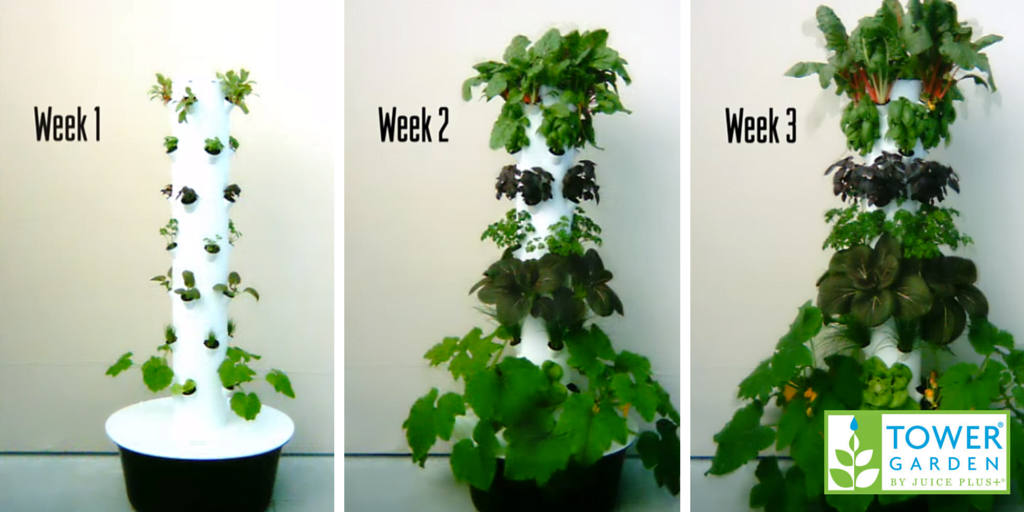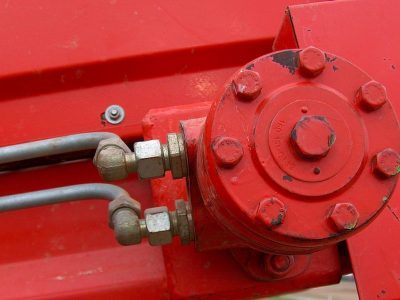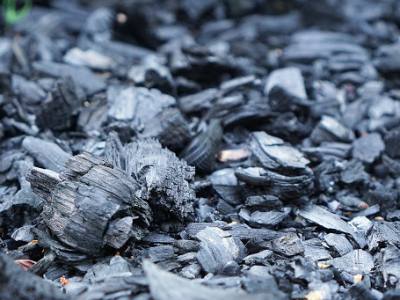I am not playing jumble the words! There literally exists Garden Tower and Tower Garden. Both these gardening systems are beneficial for home-based gardeners and hobbyists. If you look at gardening techniques and systems, then there are many types and options available to choose from.
Then, why are we discussing Composting Garden Tower and Aeroponic Tower Garden? Because these two gardening systems give solutions to many gardening problems and have a good reputation amongst the gardeners.
Many assume that the garden tower and tower gardens are the same. I do not blame the people who think so. The names are confusing and are just two words jumbled. But the difference between them is vast and an obvious one.
This article will shed light on the pros and cons of composting garden tower and aeroponic tower gardens, primary uses, and differences between these gardening techniques, and how to make a correct choice while choosing between these two gardening systems.
Firstly, we will talk about composting garden tower, and then aeroponic tower garden in general. Then we will analyze the differences between these two gardening systems.
In the last part, we will understand and analyze the different requirements and choose the best amongst the two gardening systems. So, let us begin without any further ado!
Composting Garden Tower

The name suggests the technique on which this gardening system works. Tower suggests that this system grows plants vertically and not horizontally.
Even the word composting explains that this gardening system involves the usage of compost. Deciphering this gardening technique’s title, we understand that it is a vertically grown garden using compost.
Composting garden tower itself is a composter! So, you will not require a separate composter for it. The Composting garden tower turns the organic waste into compost, which is rich in nutrients and minerals.
It is regarded as one of the most effective and efficient vertical gardening techniques as it uses organic waste (which gets converted into compost) to grow plants.
How does organic waste gets converted into compost? In the garden tower, there is a compost column. This compost column is a perforated cylinder that is responsible for the conversion of organic waste to compost.
All you need to do is add organic waste (both brown and green organic waste), including kitchen waste, cardboard, paper products, etc. One more critical ingredient which you should add is ‘composting worms.’
The perforations are throughout the cylindrical compost column. These perforations aid the movement of composting worms between the compost column and the soil column. During their movement, they even create additional pathways for air and water circulation.
- L: 12" W: 12" H: 28"; 25 Quart Soil Volume
- Grow Food Efficiently At Home; Eliminate Weeds & Pests, 20 Plants 1 Square Foot
- Space up to 85% Water & Space - Easy - > Plant. Stack. Water Top.
- Flow Through Design - protects from over watering and root rot
- 5 Four Clover Stackable Planters, Bottom Saucer & a Wonderful Gardening Experience - Ideal Gift...
These composting worms view organic waste as their food and eat them. Their feces are known as ‘worm castings.’ Worm castings are rich in nutrients. When you water the soil covering the garden, the tower’s soil column passes through the worm castings and carries the nutrients to the bottom part.
It would help if you bought composting worms from local nurseries or online stores. The best composting worms are Red Wiggler and Night Crawlers. Both these composting worms are the best and recommended by many expert gardeners.
You can also buy a composting worm mix consisting of different composting worms specially designed to compost garden towers. You need to add at least one cup of worms every week to the composting garden tower.
If you are not interested in composting (which can be an unavoidable situation, more on that later), then you can eliminate it. To grow plants in the absence of composting, you need to add organic plant food to the garden tower (it is no longer a composting garden tower).
The plant growth does not affect a lot, in case if you are wondering about it. But you will miss out on an essential feature of composting garden tower, which requires less (or even no) additional fertilizers and pesticides.
As the nutrient-rich compost is in the bottom layer, the plant roots dig deep down and naturally become strong and healthy. They hardly take 4-6 square feet (significantly less space than a composter or vermicompost). Composting garden tower can hold 40 to 60 plants at once, depending upon the model.
Aeroponic Tower Garden

Can plants live without soil? Ask this question to yourself. If it is a ‘YES,’ then pat your back; you are right! Why do plants do not require soil? Soil is the hub of nutrients. If you provide plants the nutrients they require from any other source, plants do not need soil.
Aeroponics is a system in which plants grow without any soil or dirt! Plants grow in a slightly misty environment with nutrient solution and water provided to them. Aeroponic is the same system that NASA uses to grow plants in space.
According to towergarden.ca, the aeroponic system has shown better results than the traditional soil and compost-based plant growth systems. Plants growing with the help of aeroponic grew almost three times faster than the traditional system. The yield also increases by 30%, and the water required is 98% less than a traditional system.
Aero Farms, one of the leading indoor vertical farming enterprises, claimed that they grew plants using an aeroponic system and achieved a whopping 75 times faster growth rate using 95% less water than traditional farming, 40% less water than hydroponics, and used zero pesticides.
No products found.
Using an aeroponic tower garden, you can grow plants almost everywhere, all around the year, without compost, fertilizers, pesticides, or even soil! Just like a composting garden tower, even an aeroponic tower garden is a vertical garden. It can grow about 20 to 45 plants, depending upon the design of the tower garden. It just takes three to four square feet of space.
Traditional systems have three issues — pests and insects, diseases, weeds. As tower gardens use aeroponics, nutrients and water easily reach the plant. Hence they grow stronger and healthier. These healthy plants strengthen their defense mechanism against pests and insects. Hence there is no requirement for pesticides and insecticides.
In the aeroponic system, plant roots take nutrients via osmosis. Thus, regular spraying of nutrient solution is done on the roots. This increases the efficiency of osmosis. This also reduces plant diseases as the roots are left open in the air, which keeps the roots sterile. The issue of weeds is eliminated due to the absence of soil.
Note: – Some part of nutrient solution is always lost, either due to runoff or evaporation.
Similarities and Comparison
Both these types are vertical gardening techniques. Both require less space and are the best if you are a passionate gardener but do not have a spacious yard. If you are considering going with vertical gardening, then you require to choose between both these types. Owing to their pros and cons, let us analyze the composting garden tower and aeroponic tower garden.
Spacing and Location
Aeroponic tower gardens require proper lighting. Hence, you need to analyze the different plants you are growing and place them accordingly to ensure that they get proper sunlight. If you are planning indoor gardening, then aeroponic tower gardens are the best!
Due to the absence of compost and soil, they do not give off foul odor (Nutrients do not give foul odor). Avoid using composting garden towers indoors, as they can give off foul odor due to compost presence.
Experience and Number of Trees
Generally, the composting garden tower has a greater capacity in several trees than the aeroponic tower garden.
If you have prior experience and are a veteran gardener who wants to experiment and try your luck in vertical gardening, then the best option would be the composting garden tower.
Knowing different plants’ requirements, composting worms, and compost comes in handy in maintaining, increasing the yield, and growing many plants in the composting garden tower.
If you are a novice gardener or a newbie who wants to try a hand in gardening, the aeroponic tower garden is the best choice for you.
Tower gardens are simple and easy to handle, even for a newbie in gardening. They have a smaller number of plants, which becomes very easy to handle for a novice gardener.
Requirement of Compost
If you are a family of four or more and generate high amounts of organic kitchen waste, composting the garden tower is your ideal choice. This ensures effective waste management and provides plants the optimum amount of compost for their growth. A smaller family or the one that hardly generates organic waste can invest in buying plant nutrients. Thus, the aeroponic tower garden is the best for you!
Conclusion
If you have clearly understood the differences, then you must be sure with a decision in your mind. Economically, the composting garden tower is the best, as they are cheaper and hardly require any additional costs (except for the worms).
But they require a dedicated time slot for their maintenance. Simultaneously, the tower garden requires a high initial investment and continuous buying of plant nutrients. Though, you do not need to spend a lot of time around it.
For larger backyards and more space, composting garden towers are the best. For less space and indoor vertical gardening, the aeroponic tower garden is the best!











Comments